Windows Updates are either a godsend or a curse. While the program does help keep your computer up-to-date and protected, the endless updates can be annoying.
Work can be disrupted because updates can hog your internet consumption. And the fear that your computer can restart at a crucial point can be disruptive.
Even worse, sometimes Windows Updates can take forever to finish. It leaves you wondering if it really is downloading updates or if something went wrong and that it’s stuck checking for updates.
Fortunately, there are steps you can take to fix the issue. In this post, we’ll show you a few simple steps so you can get the updates over and done with.
Restart the Windows Update
The first solution is to restart your updates and see if that fixes the problem. Right-click the Start button and select Run.

Type SERVICES.MSC and click OK.
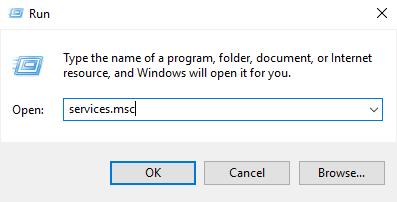
This will launch Services. From the list of applications, right-click Windows Updates and select Stop.
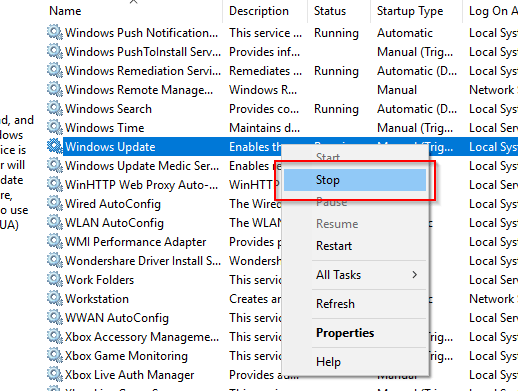
Next, open File Explorer and go to C:\ > Windows > SoftwareDistribution. Remove all the files in the folder.

This is where Windows temporarily stores the files it downloaded. By removing the stored files, it’s duped into recreating the deleted files.
Go back to Services and right-click Windows Update again. This time click Restart.

Open Windows Settings and go to Update & Security.

Under Windows Update, see if there are pending updates and try to download if there are any.
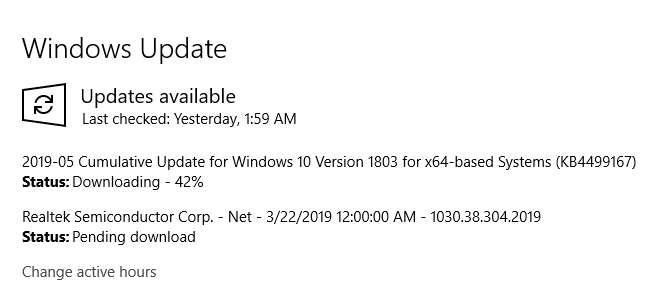
See if the issue persists.
Note: There is also a way to do this through the Command Prompt or PowerShell. Simply type in NET STOP WUAUSERV to stop Windows Update followed by NET START WUAUSERV to restart.

Windows Update Troubleshooter
If the issue still persists, you can use Windows Update Troubleshooter. This is a Windows solution that’s specifically designed for fixing Windows Update problems.
This handy tool works for Windows 7, Windows 8, and Windows 10.
Download the program and launch it afterward.
From the list of programs, select Windows Update.
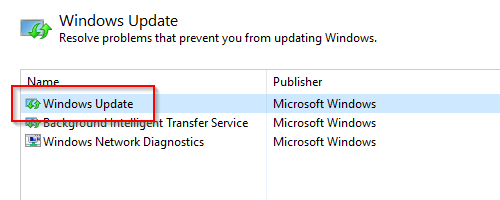
Click Next to continue. Your computer will run diagnostics to detect problems.
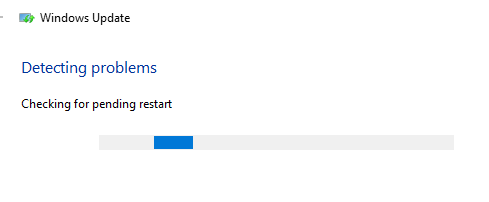
When prompted to run the program as an administrator, click the option that allows you to do so.

It will once again ask you to select a program. Select Windows Update and click Next.
Follow the on-screen recommendations that Windows Update Troubleshooter will provide.

You might be prompted to restart your Windows computer after the computer is done running the diagnostics.

Close the troubleshooter after it’s done. Hopefully, this would end all your Windows update issues.
Windows Module Installer
This will make use of Windows Module Explorer, a built-in Windows 10 service. This program tackles stalled Windows updates.
We’ll be using PowerShell in the example below but this also works in Command Prompt.
Open PowerShell and enter SC CONFIG TRUSTEDINSTALLER START=AUTO in the command line.

You should see the message [SC] CHANGESERVICECONFIG SUCCESS is the command was successfully executed.
Now all you have to do is close the PowerShell and see if the Windows update not working problem is no longer there.
Related Posts
- Preparing for Windows 10 End of Support: Upgrading to Windows 11
- How to Fix a “This file does not have an app associated with it” Error on Windows
- How to Fix an Update Error 0x800705b4 on Windows
- How to Resolve “A JavaScript error occured in the main process” Error on Windows
- How to Fix the Network Discovery Is Turned Off Error on Windows